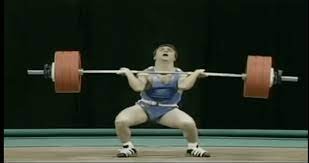by Kathryn Canham
Sports are full of asymmetrical movements, like a landing in netball or kicking a football. Typically, most people are stronger on one side, have a preferred leg to kick on, have a favourite arm to throw with or maybe even just run one way around a track. Asymmetries are everywhere, but are they an issue we need to address?
In the literature, asymmetries are commonly associated with an increased injury risk and a reduced vertical jump capacity (Fort-Vanmeerhaeghe, et al., 2020). However, asymmetries in a single leg vertical jump of under 10% have been shown to have no significant correlation between both this and performance in sprinting and change of direction tasks (Lockie et al., 2014). Therefore, jump imbalances of such a low magnitude do not necessarily negatively impact performance in these activities.
It has been reported that asymmetries in strength may contribute to a reduced jump performance (Bailey et al. 2013) and execution of sport specific skills, such as kicking and cycling (Hart, Nimphius, Spiteri & Newton, 2014).
The take home:
Testing single leg jump performance, both vertical and horizontal gives us an insight into whether the athlete is pre-disposed to injury. Asymmetry in sport is inevitable and arguably unavoidable, but if we find a difference of >10%, we may have an easy win in terms of reducing injury risk and potentially our performance.
Single leg work is the best way to balance out any asymmetries in athletes. This could be using exercises like the Split squat (including variations e.g. Bulgarian, Safety bar), Split stance Romanian Deadlift or Hip Thrust.
To improve imbalances, we suggest predominantly focussing on unilateral movements, starting with the weaker limb first, and make sure the same weight is being lifted on both sides. You could also utilise a different set and rep scheme to accumulate a higher volume of work on the weaker side e.g. 3 x 8 on the right leg and 3 x 10 on the left leg. Alternatively, you could perform the same number of reps per set, but perform extra sets on the weaker side.

